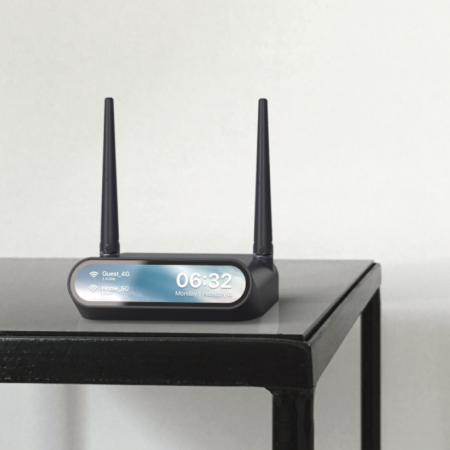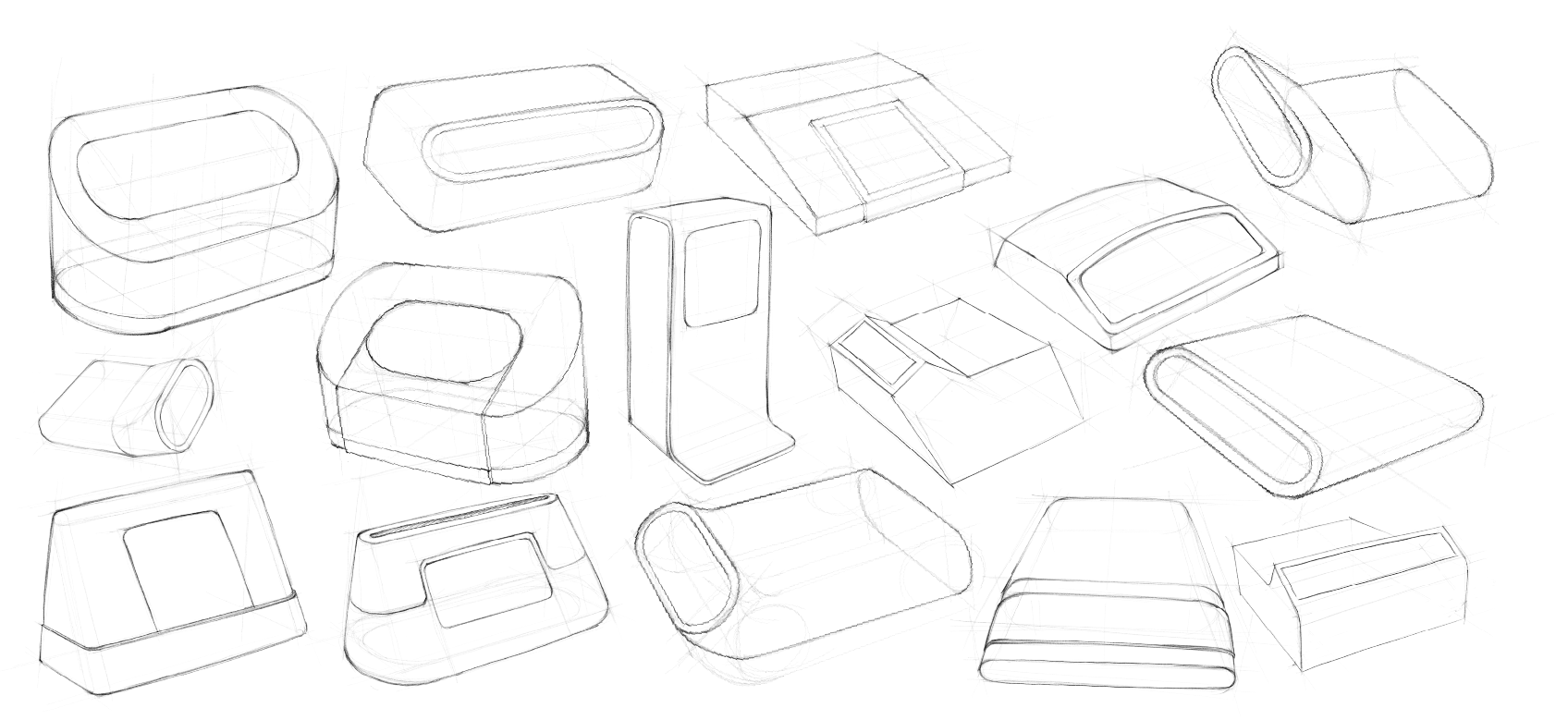Disclaimer
This project case study uses the 'Cisco' brand name for illustrative purposes only and is not affiliated with, endorsed by, or sponsored by Cisco Systems, Inc. The use of 'Cisco' is solely for educational and demonstrative purposes. A placeholder brand name has been employed to protect the confidentiality of the original client. Due to an existing partial Non-Disclosure Agreement, certain project details have been omitted.
























